What is a Dental Filling?
A Dental filling is an approach to restore a harmed tooth by decay back to its ordinary function and shape. At the point when a dental specialist gives you a filling, the individual first evacuates the decayed tooth material, cleans the affected region, and afterward rounds the wiped out cavity with a filling material.
By cutting off spaces where microbes can enter, a filling additionally helps prevent further decay. Materials utilized for fillings include gold, porcelain, a composite pitch (tooth-hued fillings), and an amalgam (a compound of mercury, silver, copper, tin and sometimes zinc).

Before & After Picture Gallery

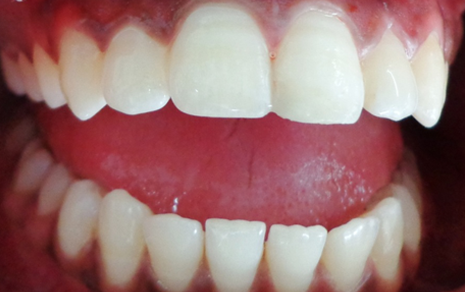
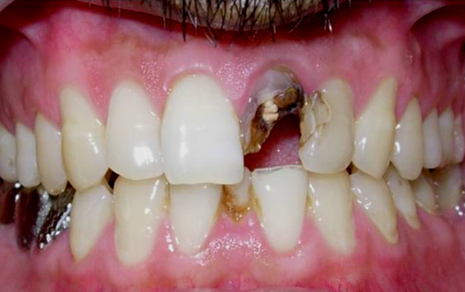
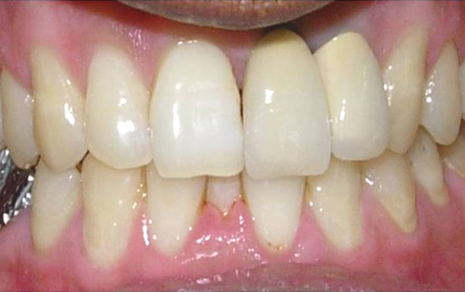
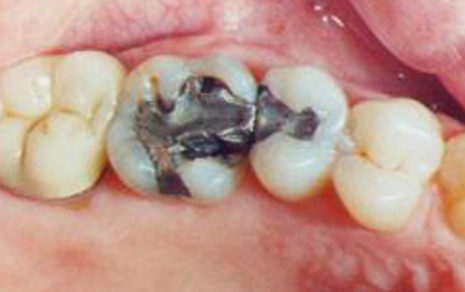
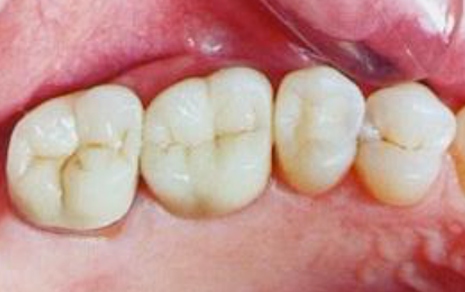
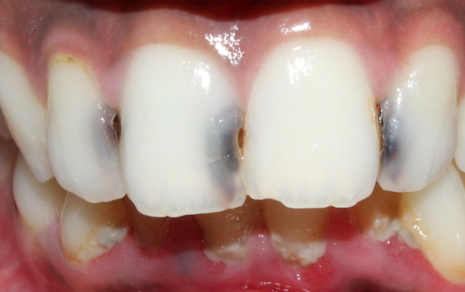
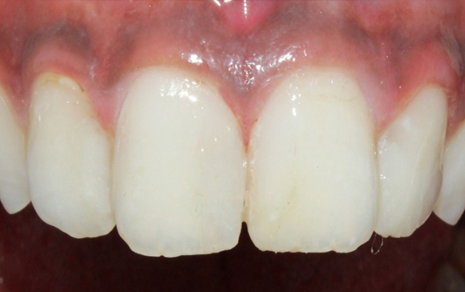
Which Type of Filling is Best?
Not every type of filling is best for everyone. What's appropriate for you will be determined by the extent of the repair, regardless of whether you have allergies to specific materials, where in your mouth the filling is required.
There are different signs and side effects where fillings can be required. The symptoms could be as below:
- A Cavity in your tooth.
- Dark spots on the tooth.
- Food stuck between certain areas of the teeth.
- Chipped or broken tooth.
- Sensitivity to hot and cold food and beverages.
- Single or lots of cavities.
If you come across any of the symptoms as referenced above, at that point quite possibly you need a filling. The final decision will be of your dentist after a thorough oral assessment.
What is the procedure of Dental Filling?
Dental Filling is ordinarily required if your tooth is rotted. It can prevent further harm and can protect your tooth.
- The absolute initial phase in this procedure is to perceive how serious the infected tooth is. This is on the grounds that Dental Filling is appropriate for minor breaks and decay.
- The dental specialist at that point examine the tooth and whenever required a X-beam would be accomplished for precise data.
- Depending on the extent of decay, nearby anesthesia is directed to make the zone around the infected tooth numb.
- At that point the decayed or harmed tooth or the territories around it is set up for restoration.
- On the off chance that the tooth is harmed, at that point a dental handpiece or a laser can be utilized to remove the harmed part.
- A filling is then applied to the region to fill the cavity. The sort of filling will rely on case to case and individual to individual.
- Finally, the completed tooth can be cleaned to finish up the dental filling technique
Consequences of not Getting a Dental Filling Done
If you have decay, at that point it is critical to complete Fillings in such a case that the treatment isn't done on time then gradually the veneer (external piece of teeth) start decaying expose the dentin (the crucial part below the enamel). The microscopic organisms in your mouth will interact with dentin, causing disease. When the contamination begins, you will feel sensitivity and will at that point need to complete Fillings. Be that as it may, in the event that you skip this part and don't complete the treatment on schedule, at that point the infection will reach to the nerve which will damage the tooth and afterward one need to experience a Root Canal Treatment. You are additionally in danger of the infection traveling out to the adjoining tooth making it prone to decay.
Types of Dental Fillings
Dental Fillings are of different types. The kind of filling to be utilized will rely on the state of decay and different factors, for example, an individual being adversely allergic to a material. The distinctive kind of fillings accessible are:
Metal Filling
This old age filling is enduring. In this sort, Silver Filling is relatively inexpensive. But, Gold however costly is a preferred decision. Since they can withstand chewing forces and last typically from 10-15 years.
Gold or silver amalgam are the most widely recognized metals utilized for a cavity filling. Gold fillings can cost as much as multiple times more than silver amalgam fillings, yet a few people prefer toward the presence of gold to silver fillings in the event that they need the solidness of metal versus a less-solid composite material.
Amalgam Fillings
Amalgam fillings are solid and are thusly perfect for filling cavities in the back of the mouth, for example, in the molars, where chewing takes place. Since they are made of a mix of a few metallic components, amalgam fillings can be observable when you laugh or grin. These fillings are among the most affordable of all cavity filling materials.
Composite Fillings
Now and then referred to as composites or filled resins, these fillings highlight a blend of glass or quartz filler and can be made to coordinate the shade of your tooth. Composite fillings are likewise genuinely tough and are perfect for little to-medium size restorations efforts in areas of your mouth that perform moderate chewing.
Ceramic Fillings
A Ceramic Cavity filling (typically made of porcelain) is tooth-colored, and it might be more likely to show tooth stains after some time than a composite cavity filling. But, cost is a factor - a ceramic filling can be about as costly as a gold cavity filling.
Post Treatment Care for Dental Filling
- Before you start chewing, ensure that the anesthesia is worn off.
- Try not to consume anything excessively hot or excessively cold if the impact of anesthesia is still on.
- You may feel irritation around your gum region, this will last just for a couple of days.
- Keep away from hard or sticky food for a couple of days.
- If you have a habit of crushing your teeth, at that point ensure you utilize a mouthguard to secure your filling.
- In the event that you feel sensitivity for a really long time or if your dental fillings turn out, visit your dentist right away.
- Keep up a decent Oral Hygiene routine like cleaning, brushing, mouthwash and flossing.
Frequently Asked Questions
Q.1. How Long Does A Dental Filling Last?
The life span of Dental Filling relies on the material of the filling. It additionally relies upon how well you deal with your filling. The life of Dental Filling shifts from 10 years to 20 years.
Q.2. Can Dental Filling Fall Off?
Yes, but the chances are less.
Q.3. What To Do If Your Fillings Come Out?
Visit your dentist as soon as possible so that your Dental Filling doesn�t come out.
Q.4. How To Know That Dental Filling Is Loose?
If you have sensitivity considerably in the wake of completing the filling, at that point almost certainly, your filling is going to come off. Or on the other hand on the off chance that you feel pressure while eating or have a consistent toothache, at that point, chances of it coming off is high.

